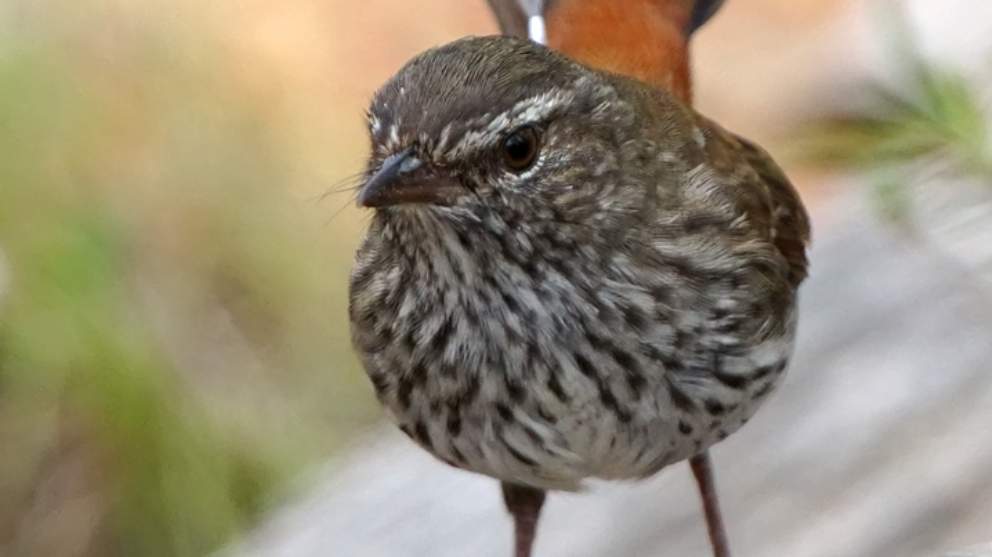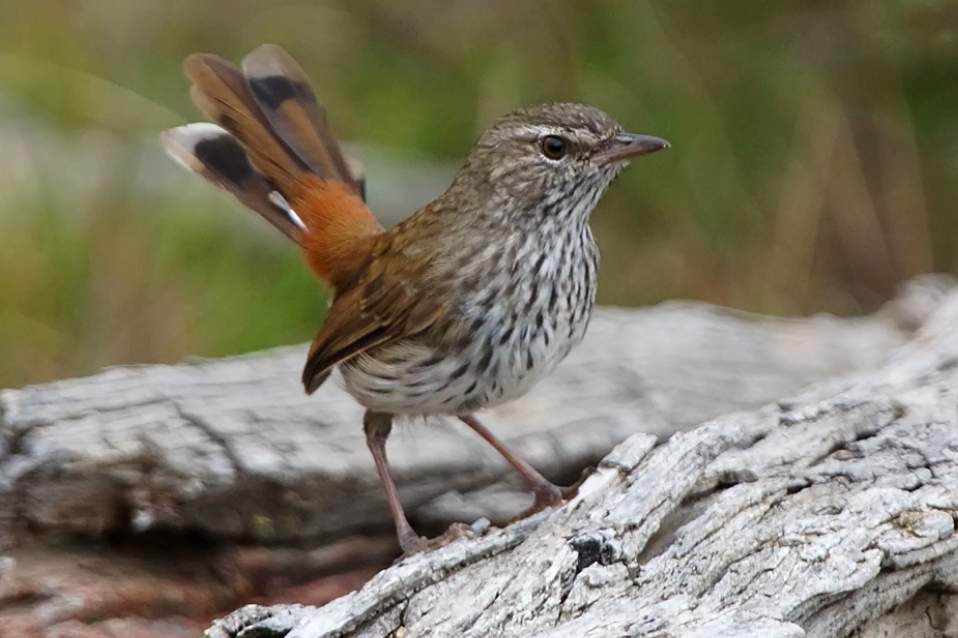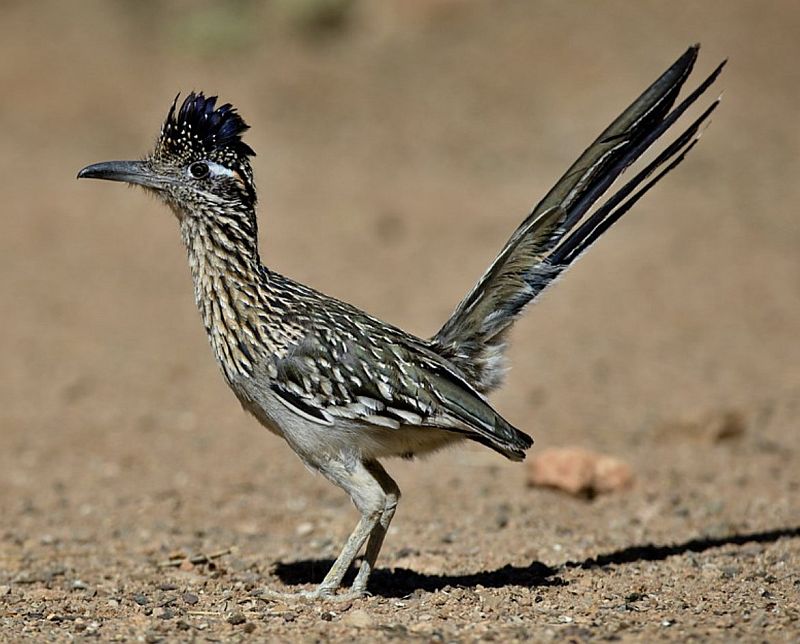Chestnut-rumped Hylacola (Hylacola pyrrhopygia) is a very alert, evasive, cock-tailed bird of the undergrowth that occurs in dense heath shrubberies around southeastern Australia. This bird is also known as Heath Wren, Chestnut-rumped Heath Wren, and Chestnut-rumped Ground Wren. Moreover, similarly to the sandstone tablelands on the south coast of New South Wales, they adjoin the Striated Calamanthus range.

The sedentary Hylacola inhabits the dry upland and stony heaths. Pairs or small loose groups forage on the ground, bounding briskly among and beneath shrubberies, tails well-cocked at 50-70 degrees, picking up a range of insects and seeds. If alarmed, they disperse like bouncing rubber balls. With swift low undulations, flight is fast and brief.
Hylacola’s are gifted singers. During the summer and autumn, they are quiet, while during the winter, they sing regularly. During quite time, they are chasing and pairing between groups occur and territory is established or reaffirmed. To advertise territory, males perch in low bushes with their tails cocked, beaming out songs for half an hour at a time to advertise territories all day long.
In and out of the strain they weave their own song and those of other birds in mimicry; females may join in a duet. Nests of bark strips, rootlets, and dried grass stems are usually hidden near the center of the territory. The female alone appears to incubate but both parents tend to the young and respond with distraction displays to intruders, running about rapidly in a crouched posture. Second broods are sometimes attempted. The call of Chestnut-rumped Hylacola is usually a single staccato chip or zeet when disturbed or in contact. The song varied in a sequence of trills, warbles, whistles, and silvery cadences, swelling in volume, with the calls of her birds interwoven.

Chestnut-rumped Hylacola is about 135-140 mm long; males are noticeably larger. The male bird’s upper parts are mid-brown; the rump is dull rufous, washing on the back. Wings grey-brown, with faint speculum and grey-white tips to primary coverts. Tail dark brown with black subterminal band and pale grey tip. Eyebrows dull white. Underparts dull white, heavily streaked dusky; undertail mid-rufous. Eyes yellowish-brown. Bills are black-brown. The feet are pale brown. The female brow and undersurface are buff, finely streaked, and dusky. The immature bird’s upper parts are russet brown, intensifying down back; underparts are plain grey-white, washed rust over the breast and flanks.
Nesting and breeding occur between June and November. Nest dome with a small spout-like entrance near the top of bark strips, rootlets, and dried grass stems; lined with feathers and fur; hidden on or near ground under grass tussocks, tangled undergrowth, or shrubs. Chestnut-rumped Hylacola lays two or three eggs, sometimes four; pale pink, freckled, and blotched with dark brown, particularly at the larger end; oval, about 19 x 14 mm. Incubation job performed by a female.
Chestnut-rumped Hylacola is found on the Southeastern mainland, from the granite belt, Queensland to southeastern South Australia, Kangaroo Island, and Mt Lofty-Flinders Ranges, SA. No apparent race.
Read More – Shy Heathwren- Discover the Hidden Beauty of This Elusive Bird







